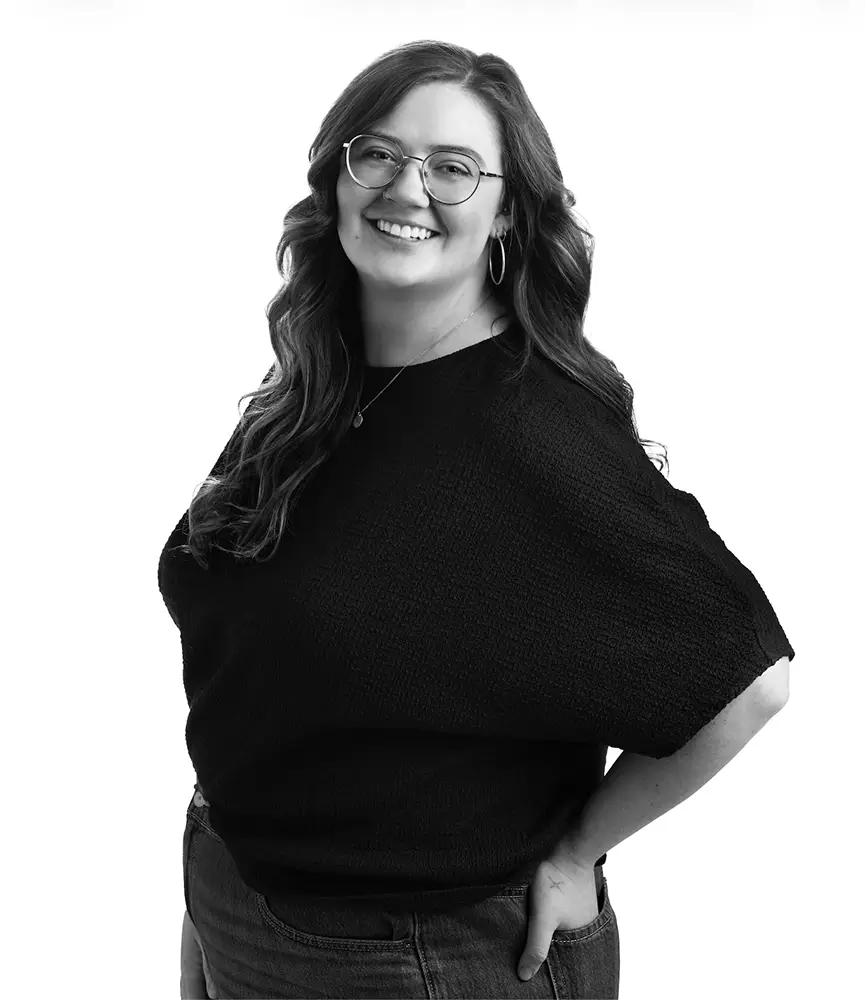Delaney McQuown is a fine artist and commercial photographer based in Cincinnati, Ohio. She received her B.F.A with a focus in photography from the University of Cincinnati's School of Design, Architecture, Art and Planning [DAAP].
McQuown uses photography to explore the female experience and investigate the camera's impact on self-perception. She was a recipient of the Claire Aho Award for Women Photographers and a winner of the World Food Photography Finalist Awards in 2024. Her work has been featured in the London Mall Galleries, Production Paradise Showcase and in the United States Capitol building in Washington D.C..
McQuown is currently working on a long-term photo project titled Swimsuit Season, which invites women-identifying individuals to be photographed in their favorite swimsuits, surrounded by what brings them joy. Often viewed as the most body-revealing garment, the swimsuit becomes a symbol of vulnerability, self-acceptance, and quiet defiance. There’s no pressure for the subject to pose, perform, or prepare. It simply an open invitation to show up 'as you are'.
In the spirit of solidarity and shared vulnerability, McQuown wears her swimsuit too, turning each session into a celebration of presence, self-expression, and the courage to take up space unapologetically.
